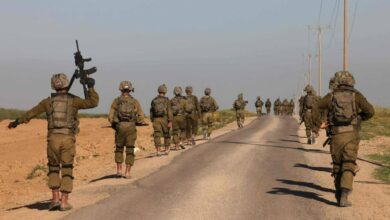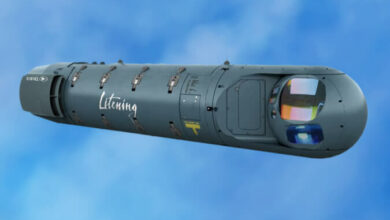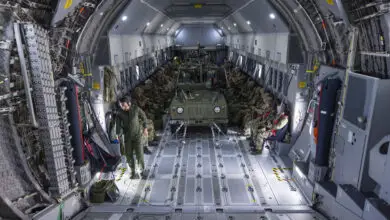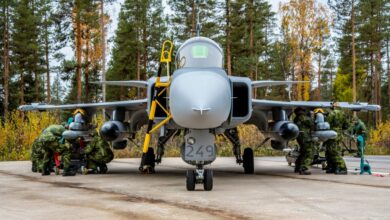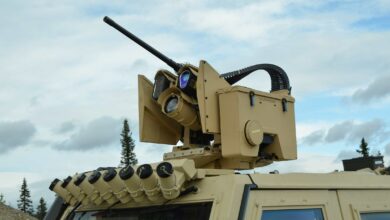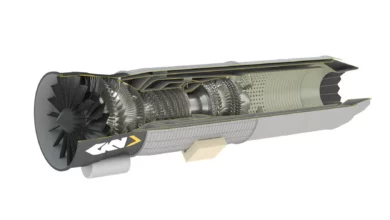The UK Ministry of Defence said on Wednesday, October 25 it has successfully hosted an international nuclear disarmament verification exercise between nuclear and non-nuclear weapons states.
The first of its kind, Exercise Letterpress involved experts from the UK, Norway, Sweden and the United States, and took place at the Atomic Weapons Establishment at the Royal Air Force base at RAF Honington. A final event on Tuesday simulated the early stages of dismantling a mock-up nuclear weapon.
Part of an ongoing arms control research collaboration, the aim of Letterpress is to address the absence of a process to check the dismantlement of nuclear weapons.

James Franklin, Head of Nuclear Policy for the UK Ministry of Defence said: “International exercises of this scale are hugely important to ensure the possibility of a world without nuclear weapons.”
“I’m proud the that UK remains a responsible nuclear weapons state, exercises like this and the reduction of our nuclear forces by over half since the Cold War continue to reinforce this,” he added.
Ole Harbitz, Director General of the Norwegian Radiation Protection Authority, said that Letterpress provided a focus on concrete steps to a nuclear weapons-free world and “exemplifies a fact-based approach to disarmament that we strongly believe in.”
“International cooperation of this kind is essential in developing trust and confidence between nuclear and non-nuclear weapons states,” Harbitz added.
According to a statement delivered in May by the UK to the committee preparing for the 2020 Review Conference of the Treaty on Non-Proliferation of Nuclear Weapons, the four states – known as the Quad – aimed to make a contribution to the fulfilment of Article 6 of the Non-Proliferation Treaty, by, among other things, developing a “realistic testbed for exercising and evaluating monitoring technologies that all states could use to support their work on verification issues” as well as a model verification protocol that could inform treaty monitoring activities in the real world.
Technical aspects of the chain of custody can be found here.


